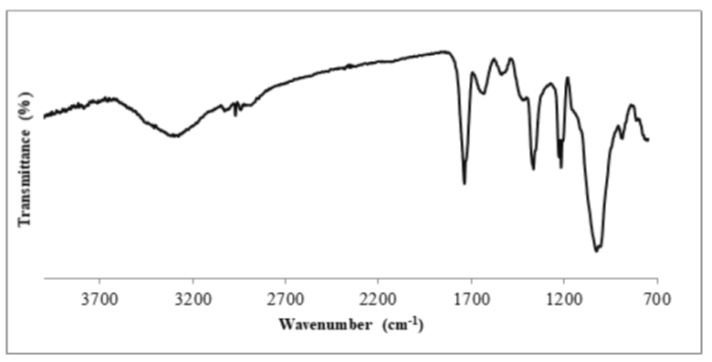


Indian Journal of Science and Technology
Year: 2021, Volume: 14, Issue: 6, Pages: 573-581
Original Article
T D Fernando1, Yohan L N Mathota Arachchige1*, W N C P Nawarathne1
1Department of Chemistry, University of Kelaniya, Kelaniya, Sri Lanka. Tel.: +94 (0)112903251
*Corresponding Author
Tel: +94 (0) 112903251
Email: [email protected]
Received Date:09 December 2020, Accepted Date:31 January 2021, Published Date:25 February 2021
Objectives: Contamination of pesticide residues due to agricultural activities is a major concern of aquatic pollution and most of the agriculture based rural communities in developing countries are still consuming water from those contaminated water bodies. Therefore, development of readily available user-friendly low cost pesticide contaminant removal methods is still in need for above communities. In this study the suitability of Strychnos potatorum seed flakes (SPSF) on effective removal of diazinon residues in water was investigated. Methods: SPSF was prepared and characterized using SEM and FTIR analysis. Batch adsorption studies, isotherm studies and thermodynamic studies were carried out to determine the removal efficiency of diazinon by SPSF. Findings: The maximum removal of diazinon residues (75.9%) was obtained within 10 min at pH 6. Therefore, SPSF are efficient adsorbent for diazinon removal due to fast and efficient removal of diazinon at ambient conditions. The removal of diazinon residues by SPSF was expressed with Langmuir isotherm model. The maximum adsorption capacity of SPSF, obtained from Langmuir isotherm for diazinon adsorption was found to be 2.5mg/g. Thermodynamic studies revealed that the removal of diazinon by the SPSF was spontaneous and exothermic at relatively low temperatures. Novelty: The SPSF adsorbent is a naturally available cost effective and ecofriendly adsorbent which has not been extensively studied for the removal of frequently used pesticides such as diazinon. The findings of the study revealed that the SPSF adsorbent can be considered as a promising remedy for house hold purification of diazinon contaminated waters.
Keywords: Adsorption; diazinon; Strychnos potatorum seed flakes; water
© 2021 Fernando et al.This is an open access article distributed under the terms of the Creative Commons Attribution License, which permits unrestricted use, distribution, and reproduction in any medium, provided the original author and source are credited. Published By Indian Society for Education and Environment (iSee)
Subscribe now for latest articles and news.